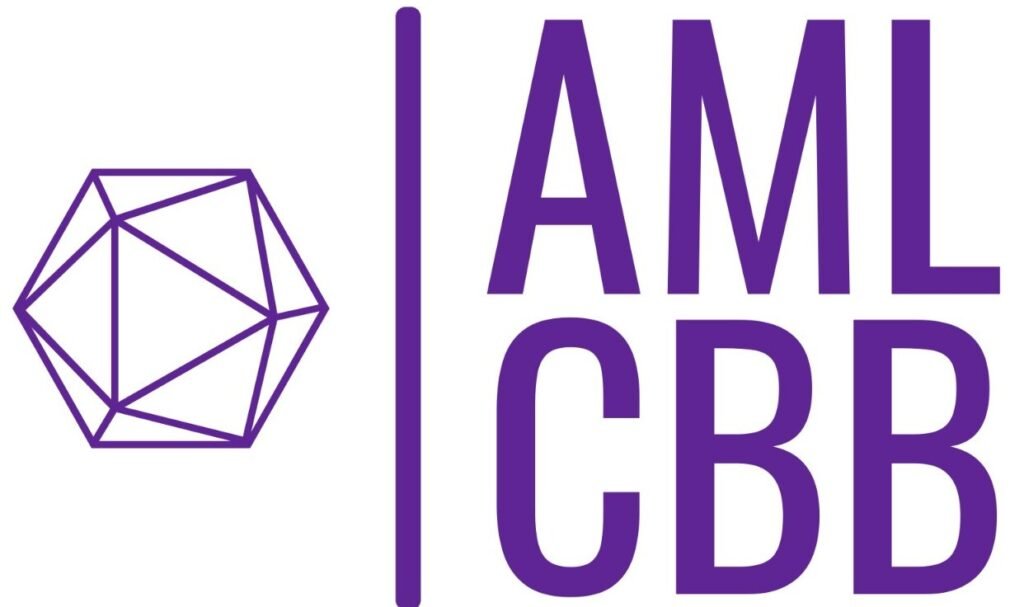If you are unfamiliar with the term, your question will sound like, “What is a credit card chargeback?” or “What are chargebacks?” or “What does ‘chargeback’ mean?” Even if you think you know, you still might ask, “How do they work?” or “Is there a credit card chargeback time limit?” or “How to file a chargeback?” You start a regulated and monitored transaction every time you use a credit card or debit card. Your transactions are regulated by the terms and conditions that Visa and Mastercard adopted and made public if it is one of their cards. The rights and responsibilities of users, banks, and merchants are outlined in these terms and conditions.
You can ask your bank to cancel the charges, for instance, if your card was lost or stolen and you noticed a strange transaction on your account. In order to safeguard you from fraud, Visa, and Mastercard need your bank to take that action. You are protected even if you voluntarily make a transaction in case it doesn’t happen, or you get something different from what was promised.


A chargeback is a transaction cancellation. Your credit card gets charged again after the charge is reversed. You can ask the bank that issued the card for a chargeback. if the transaction was illegal or if an approved transaction was made for products or services the merchant failed to deliver in accordance with a documented contract, receipt, or other agreement.
You have 120 days from the transaction date to submit an application for a chargeback, as guaranteed by Visa and Mastercard. The processing time for chargebacks may last up to 540 days in some situations. You may have even more time under some local laws to submit an application for a chargeback.
Additionally, cardholders of American Express are subjected to a 120-day time limit. On the other hand, there is no time limit on chargebacks for Discover and Diners Club International.


Convincing the issuing bank that the consumer is entitled to a refund is the key step in the chargeback procedure. The important thing is to back up your allegation with proof and documents.
AML CBB comes to the rescue. Our staff gathers data, looks into dodgy brokers and merchants, and provides a strategy to ensure the success of your chargeback claim.
When a cardholder contacts the bank that issued the card or the issuing bank to request to dispute a transaction with the merchant, the debit card or credit card chargeback procedure starts.
After agreeing to your request, the issuing bank will file a dispute with the purchasing bank or the bank of the merchant. Through the dispute resolution center program of the credit card network, the issuing bank notifies the acquiring bank. The merchant is then informed by the purchasing bank.
In some circumstances, the amount you are disputing may now reappear in your account as a temporary credit. If so, DO NOT use it. Wait until your lawsuit is won so the temporary credit can be converted to permanent credit.
The issuing bank will ultimately decide whether to support the merchant and declare the transaction valid or whether to order the retailer to refund the customer’s money.


Did you pay with a credit card or debit card, bank wire, or cryptocurrency and got scammed? Let’s get your money back!
Stay connected with our automatic newsletter for product updates and services.
AML CBB provides free consultations. Chargeback and other fund recovery programs contracted thereafter are subject to retainers, fees and/or commissions depending on the individual case history and the type of service selected. AML CBB does not offer any financial investments or advice. AML CBB is an associate member of the British Bankers Association (BBA) and the Financial Services Complaints Ltd of Australia, FP Canada, Central Bank of Bahrain, Central Bank of Kuwait, Dubai Financial Services Authoritity. AML CBB LLP does not provide services to residents of Iran, Iraq, Israel. AML CBB regards phishing and spoofing attempts against our clients very seriously. We advise you to verify that the email you receive from AML CBB is indeed sent from aml-cbb.com. If you are sent any type of communication carrying our name that looks suspicious, please forward a copy to us at support@aml-cbb.com .
© 2018 – 2024 AML CBB.com, LLP. All Rights Reserved
